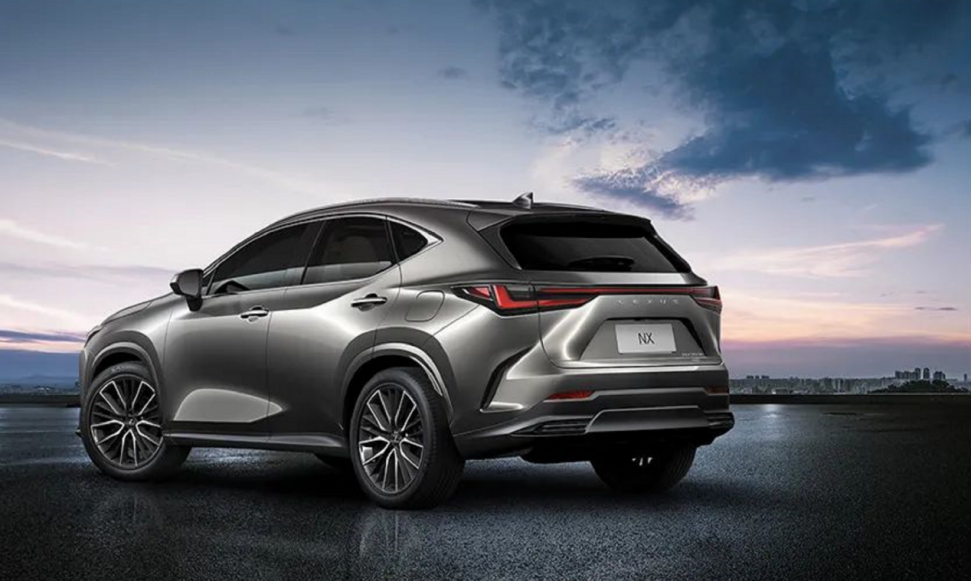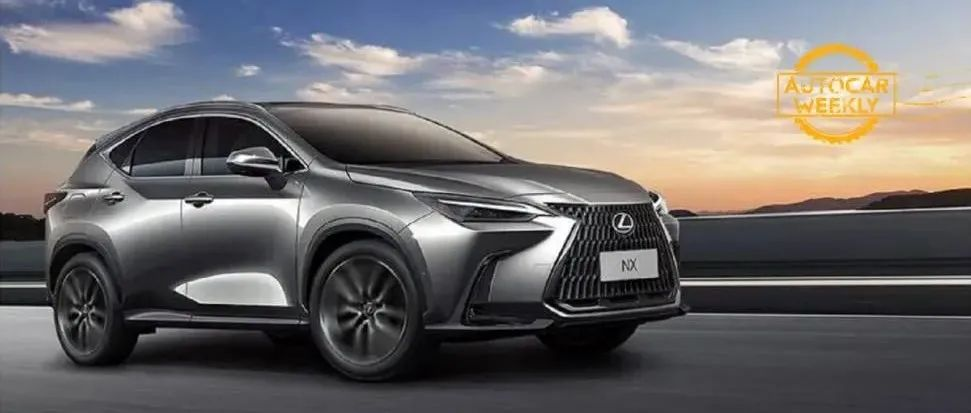This article is reposted from the autocarweekly WeChat account.
Author: Hu Laquan
Electric power will definitely be the future of the automotive industry, and this is the consensus of the majority of society.
But what about now? We are living in today, not five or ten years in the future. As long as pure electric vehicles are unable to meet the practical needs of most consumers, “how to make the driving system more efficient” remains a practical and meaningful issue.
The limits on license plates and number plates in big cities, as well as the preferential treatment given to new energy vehicles, were originally meant to promote green travel. However, because electric vehicles have not yet fully replaced traditional vehicles, the “gasoline or pure electric” dilemma forces some users to choose “both.” It is obvious that producing two cars when only one is needed is the biggest environmental concern.
In fact, the policy has long provided a solution, namely plug-in hybrid electric vehicles, which have the worry-free nature of traditional vehicles as well as the ability to achieve zero emissions. But in the past, plug-in hybrids often became tools for some car companies to balance carbon emissions. The hastily added electric motor and battery are not well-coordinated with the internal combustion engine. Although “having electricity is as powerful as a tiger,” once the limited battery capacity is used up, the heavy battery becomes the culprit that hinders fuel consumption.
In the non-plug-in hybrid electric field, the Toyota Group has always been the shining leader. From the pioneering Toyota Prius, to today’s widespread dual-engine hybrid models, and to Lexus, it almost monopolizes the market for hybrid luxury cars. When the plug-in hybrid became the “forced” service provider of the era, the “hybrid expert” who had not intervened finally took action.
It turns out that plug-in hybrids are not useless, but that nobody thought enough about them in the past.
Reviving Plug-in Hybrids
At the 2021 Guangzhou Auto Show, Lexus will officially launch the new generation NX. The biggest highlight of the new NX’s replacement is the addition of the plug-in hybrid version, the NX 400h+, as the new flagship model of the NX series. At the same time, the NX 400h+ is also the first mass-produced plug-in hybrid electric vehicle under the Lexus brand.

The new generation NX is developed based on the brand new GA-K platform with a completely new body structure, which allows a larger capacity hybrid battery pack to be laid flat beneath the vehicle floor, reducing the overall height of the vehicle. This also does not take up any trunk space and does not affect the folding of the rear seats.
The newly developed bottom-mounted battery pack can help the NX 400h+ achieve a pure electric range of 76 km (WLTC standard) in EV mode. The high-density square lithium-ion battery cells inside the battery pack are cooled by a compact and efficient refrigerant battery cooling system and have a low-temperature battery pack heating function.With its large lithium battery pack, the pure electric range of NX 400h+ far exceeds the policy-prescribed plug-in hybrid “passing line” of 50 km. Coupled with the EV mode, the pure electric output power of NX 400h+ can rival that of a 2.0L engine, making it a more practical option for electric driving. Users can easily achieve zero emissions and zero fuel consumption for short commutes in urban areas.
When a strong power is needed, NX 400h+ can rely on its electric motor and 2.5L engine, as well as a large capacity lithium-ion battery pack, to unleash a system comprehensive power of up to 195kW, giving it a performance-oriented dynamic performance.
More importantly, NX 400h+ is not like traditional plug-in hybrid vehicles, but truly integrates performance and efficiency.
Many plug-in hybrid models from other brands only add motors and power batteries to fuel-based vehicles, lacking complementarity and coordination between the engine and motor. Although they perform normally when the battery is fully charged, once the battery is depleted, the battery and motor become a useless “deadweight,” becoming a burden. Traditional plug-in hybrid vehicles often have a sharp increase in fuel consumption when the battery is depleted.
Leveraging their industry and market-recognized hybrid technology experience, Lexus has developed plug-in hybrid technology which centers around a full hybrid drivetrain. As a plug-in hybrid vehicle, NX 400h+ can have very low fuel consumption in comprehensive working conditions. Even in cases when the battery is running low, with Lexus’ unique full hybrid technology, NX 400h+ fuel consumption remains only equivalent to a hybrid vehicle.
Plug-in hybrid vehicles are no longer the unappetizing option they were before, due to Lexus’ unique full hybrid drivetrain. By perfectly integrating a highly-efficient engine, a brand new gear transmission system and a high-output motor, NX 400h+ runs in the high-efficiency range for a longer time thanks to the magical synergy of the planetary gear set. Under various working conditions, this can decrease fuel consumption, reduce vibrations and improve the quietness in the vehicle.
The high-output motor and powerful lithium-ion battery allow NX 400h+ to have rapid power response and excellent power performance. The comprehensive power output of up to 195kW, coupled with the low center of gravity, high rigidity, and lightweight characteristics of the new GA-K platform, allows NX 400h+ to rival many performance vehicles.## Sustainability Goes Beyond Surface
Just like the past conventional plug-in hybrid market, some of today’s environmental concepts put too much emphasis on the numbers on the balance sheet, selectively ignoring the deep impact; only seeing the surface, without exploring the real situation after landing.
As one of the world’s earliest companies to engage in electrification technology and one of the earliest to invest in hybrid technology, Lexus has always regarded “all impacts throughout the entire lifecycle” as its perspective on environmental protection, green and sustainable development, rather than limiting itself to one or a few numerical indicators, focusing only on local aspects and ignoring the overall situation.
Therefore, in Lexus’s view, traditional plug-in hybrid models only maintain low fuel consumption in the short time when the battery is fully charged, and once the battery runs low, fuel consumption will rise rapidly, which neither achieves the effect of reducing emissions through electric drive nor truly realizes the anxiety-free freedom brought by plug-in hybrids. The plug-in hybrid system carried by the NX 400h + is born for this purpose.

Conclusion
Low-carbon environmental protection knows no boundaries, and sustainability is everyone’s responsibility. However, what is more important is respect and attention to the needs of users, comprehensive thinking and global perspective on sustainable concepts, and a firm attitude towards the electrified future.
The arrival of the all-new NX 400h + plug-in hybrid model allows consumers to finally have a car that combines environmentalism and practical freedom, deepens the concept of sustainability throughout the entire lifecycle, and makes the future of automotive electrification led by plug-in hybrids more steadfast and certain.
This article is a translation by ChatGPT of a Chinese report from 42HOW. If you have any questions about it, please email bd@42how.com.
